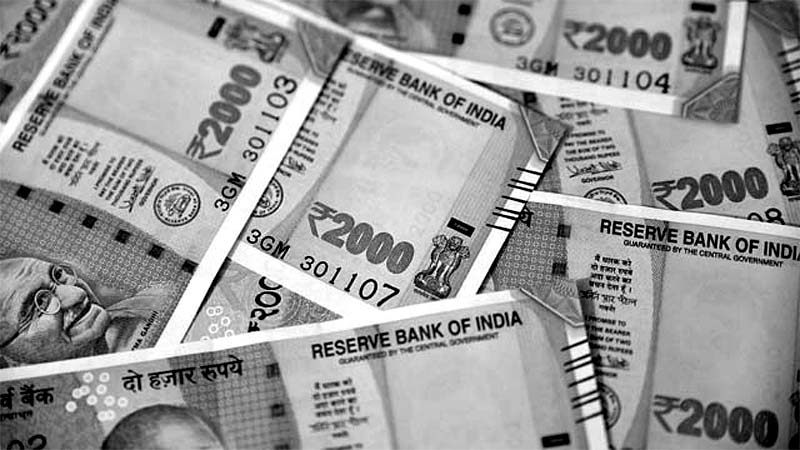Medical tourism in India is experiencing a significant surge, with the country becoming an attractive destination for patients from various parts of the world. Surprisingly, the majority of medical tourists coming to India are from Muslim-majority countries. This phenomenon challenges the preconceived notions of majoritarianism in the country and highlights India’s growing reputation as a global healthcare hub. In this blog post, we delve into the reasons behind this trend and the ambitious plans of the Indian government to lead in the field of medical tourism.
India’s Reputation as a Preferred Medical Tourism Destination
Out of the top 10 countries sending medical tourists to India, nine are Muslim-majority nations, including Bangladesh, Afghanistan, Indonesia, Oman, Turkey, Iraq, UAE, Sudan, and Nigeria. The tenth country is Nepal, which has a Hindu majority. This substantial influx of patients from Muslim-majority countries reflects the high regard for India’s super-specialty hospitals, quality medical facilities, top-notch doctors, and state-of-the-art equipment.
The Impact of Quality Healthcare and Cultural Comfort
India’s healthcare sector provides global-standard medical facilities at affordable rates, making it a favorable choice for medical tourists seeking quality treatment. Additionally, the cultural comfort experienced by Muslim patients in India plays a significant role in their preference for Indian hospitals. The country’s welcoming approach to patients from diverse backgrounds further enhances its soft power in Muslim countries and the world.
India’s Aspirations in Medical Tourism
The Modi government aims to make India the world leader in medical tourism. Currently ranked tenth on the World Tourism Index, India’s contribution to the global medical value trade stands at 6%, indicating immense potential for growth. To achieve this ambitious goal, the government aims to increase foreign income from medical tourism to $14 billion by 2026 and $42 billion by 2032.
Rapid Growth Post-Covid
Despite having only 40 healthcare facilities accredited by the Joint Commission International (JCI), India has witnessed a remarkable increase in medical tourism. Post-Covid, the number of medical tourists is expected to reach 1.4 million in 2022, more than double the pre-Covid figures. Last year alone, medical tourism brought in foreign income of $7 billion, indicating a promising trajectory for the future.
Types of Medical Tourists and India’s Potential
Medical tourists fall into two categories – citizens from semi-developed or middle-income countries seeking advanced medical facilities not available in their homelands and individuals from industrialized nations seeking high-quality healthcare at affordable rates. India’s diverse and competent healthcare services cater to both categories, making it an ideal destination for patients from different backgrounds.
Conclusion
India’s growing status in medical tourism, particularly with a significant number of patients from Muslim-majority countries, showcases the nation’s potential as a global healthcare destination. The country’s emphasis on excellence in medical facilities, affordability, and cultural sensitivity has contributed to its rising reputation. By embracing diversity and rejecting majoritarianism, India can continue to thrive as a premier medical tourism destination, fulfilling its vision of ‘One Earth One Health’ for a healthier world.

